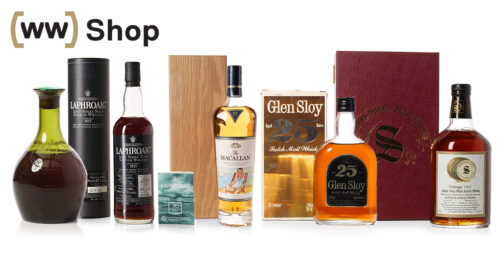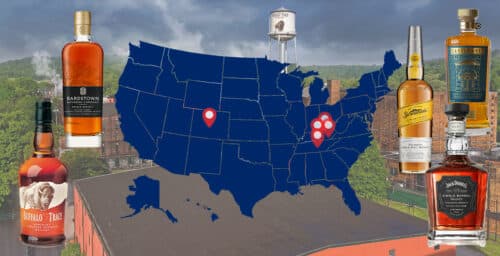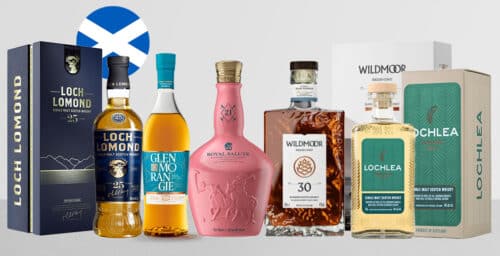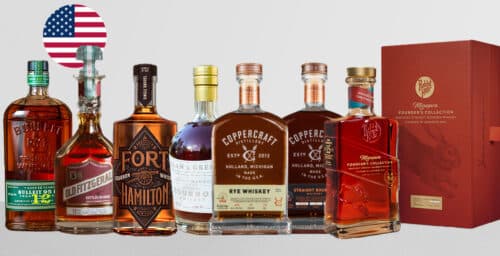These days, reading a whiskey label can be confusing. Aside from obvious category indications – bourbon, rye, Scotch – it can be difficult to determine exactly where the contents of the bottle came from, or how old they are. This is especially true with the increasing proliferation of non-age statement (NAS) whiskey, which often opts for florid names and a distracting story rather than any clear indication of the true age of the liquid inside. Then, there’s the question of distillery vs. brand, and independent bottler vs. distillery release.
There are, however, some regulations in place that, thankfully, the majority of whiskey brands use to distinguish themselves in the marketplace. If you see these on a label, you’ll have a good idea what to expect.
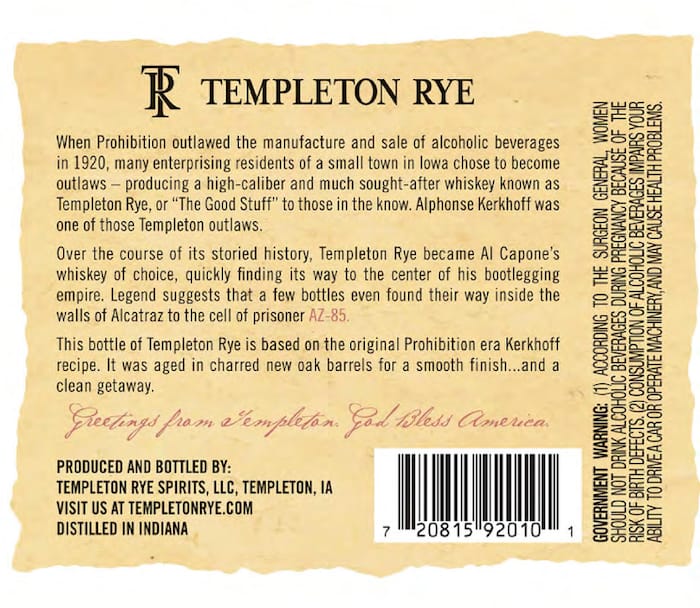
Let’s begin with Scotch.
- Single malt: The whisky is fermented with only one type of grain (in Scotland and many other places, this is barley), which is malted before fermentation, and distilled at a single distillery.
- Blended: A blend of malted and unmalted grain whiskey, which can come from different distilleries, which are not required to be listed on the label by name.
- Blended malt: A blend of single malt whiskies from different distilleries, which, again, are not required to be listed by name.
What are independent bottlers?
These are companies who purchase entire casks of a whisky from a distillery source and bottle and release it themselves. From here, independent bottlers have full creative control. The proof can be lowered, it can be put in other barrels for finishing (such as used wine or fortified wine casks or ex-bourbon, ex-rum, etc.), or it can be blended with other whisky. The only regulations are the above terms, and they aren’t required to reveal the distillery source.
However, this is by no means a sinister practice! Many of these forward-thinking indie bottlers purchased casks from distilleries which are no longer in operation, such as Scotland’s Port Ellen, Little Mill, and Pittyvaich, making it possible to time travel in a glass. Most of these indie bottlers do reveal their sources and vintages legitimately, and because they avoid the overhead costs of actually producing the whisky, these mature products are often priced approachably.
Things to look out for on American Whiskey Labels:
- Straight: The spirit did not exceed 62.5% ABV at the start of maturation, and is aged a minimum of two years in new, charred oak barrels. When bottling, only water may be added to reduce the proof to 40% ABV. If aged less than four years, it is required to carry a numerical age statement if using the term “straight” on the label.
- Bottled in Bond: These adhere to the same rules as straight whiskey, except where final proof is concerned. In addition, they must contain only one mash type from a single distillery during a single distillation season, and the distillery must be identified on the label. They must be aged in a government bonded warehouse, and released at 50% ABV.
What is a non-distiller producer?
Sometimes also called “blenders,” these are similar, in theory, to Scotland’s independent bottlers in that they purchase ready-made casks of whiskey and release them under their own brand name. In the states, because it’s so expensive to make whiskey and it takes a few years to mature it properly, many brands source their product from large distilleries such as Buffalo Trace and MGP. Think of it in movie terms – the whiskey is “produced” by the non-distillers, but it’s not “distilled” (or directed) by them. There is some artistry to this practice; it’s not simply a matter of buying whiskey and dumping it into bottles. If done properly, the whiskey selected for blending has been carefully tasted and mixed with other whiskey for the chosen result.
However, this method is controversial because, unlike most Scotch indie bottlers, some American brands have been deceitful about their sources and have even led consumers to believe they made their own whiskey when they didn’t.
A few clues to look out for that will distinguish non-distiller and distiller whiskey:
- Math: Is the whisky in the bottle older than the brand itself? They probably sourced it.
- Location: Does the label say that the brand is located in one place and the distillery is in another? Sourced.
- Is there a convoluted story about someone’s Prohibition-era grandpappy who made hooch out of his own secret recipe? Chances are likely no one in the family is making that whisky now.
Hopefully as things settle down in the whiskey boom, more regulations will be put in place to make labeling less confusing for consumers. It’s still best to do the research if a product is unfamiliar. Of course, the best way of all to read a label? Well, as always: with a glass in hand. Cheers!


